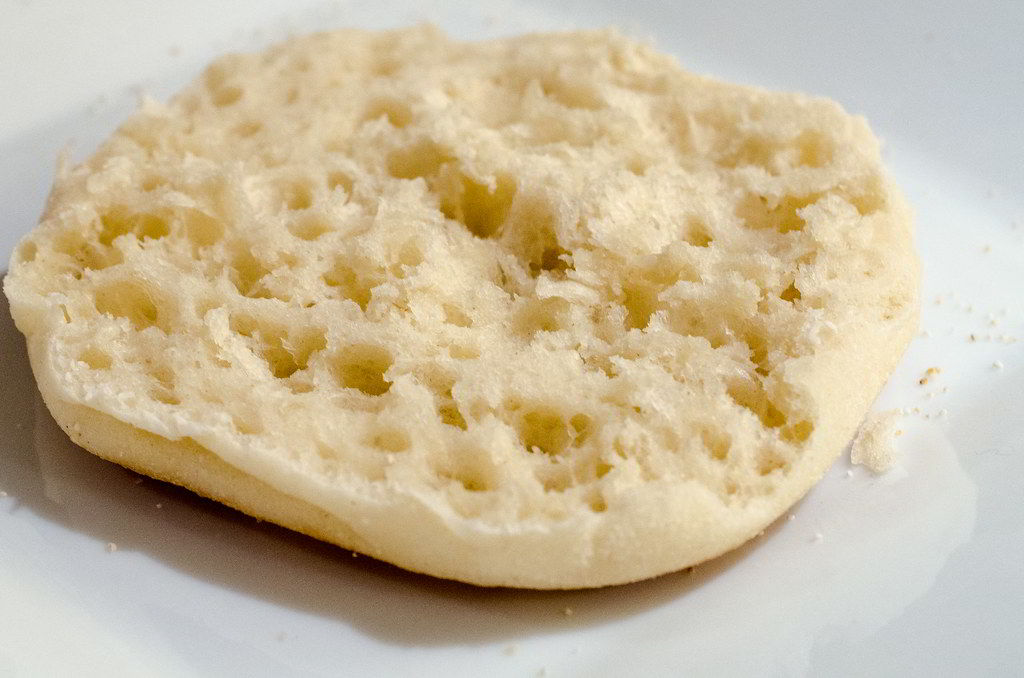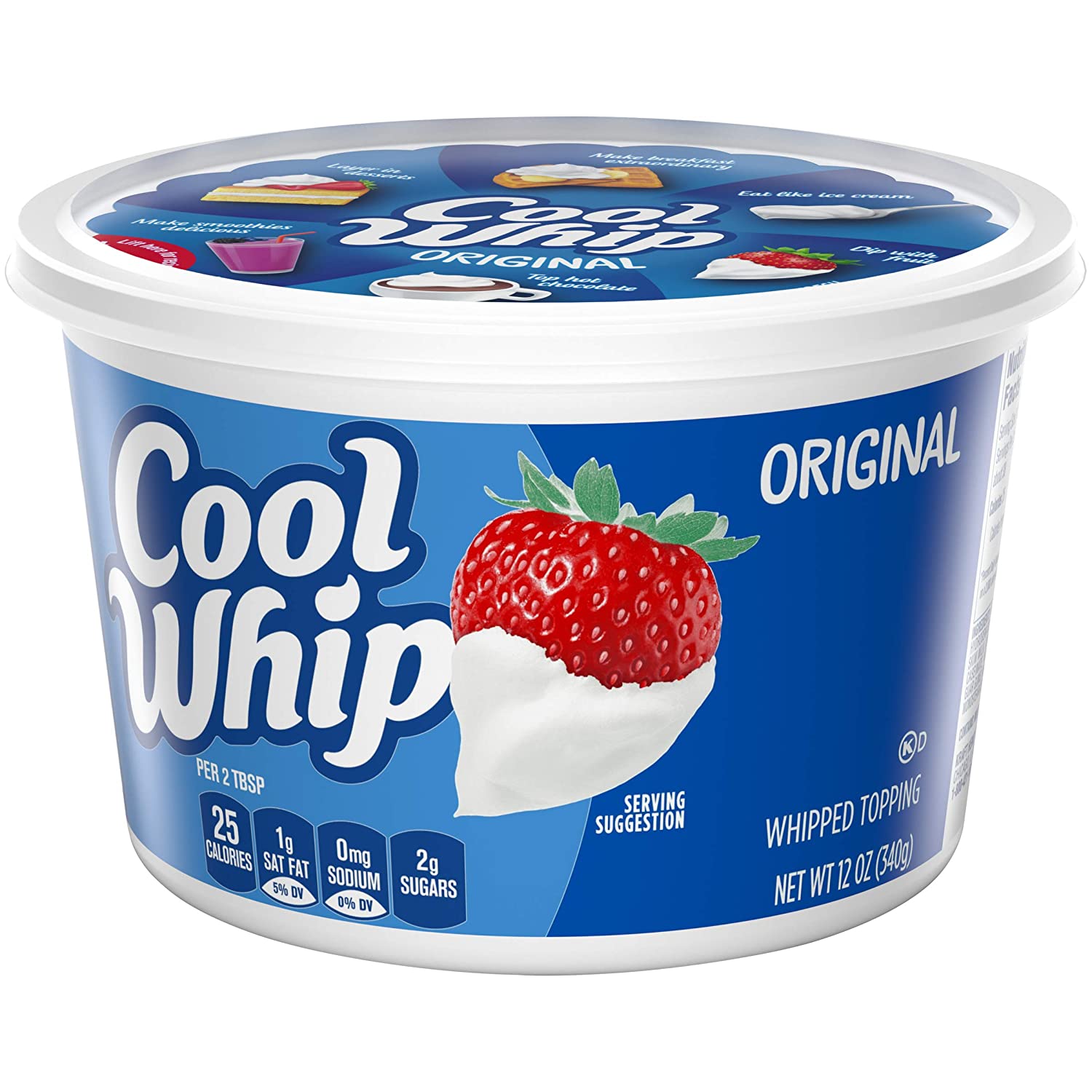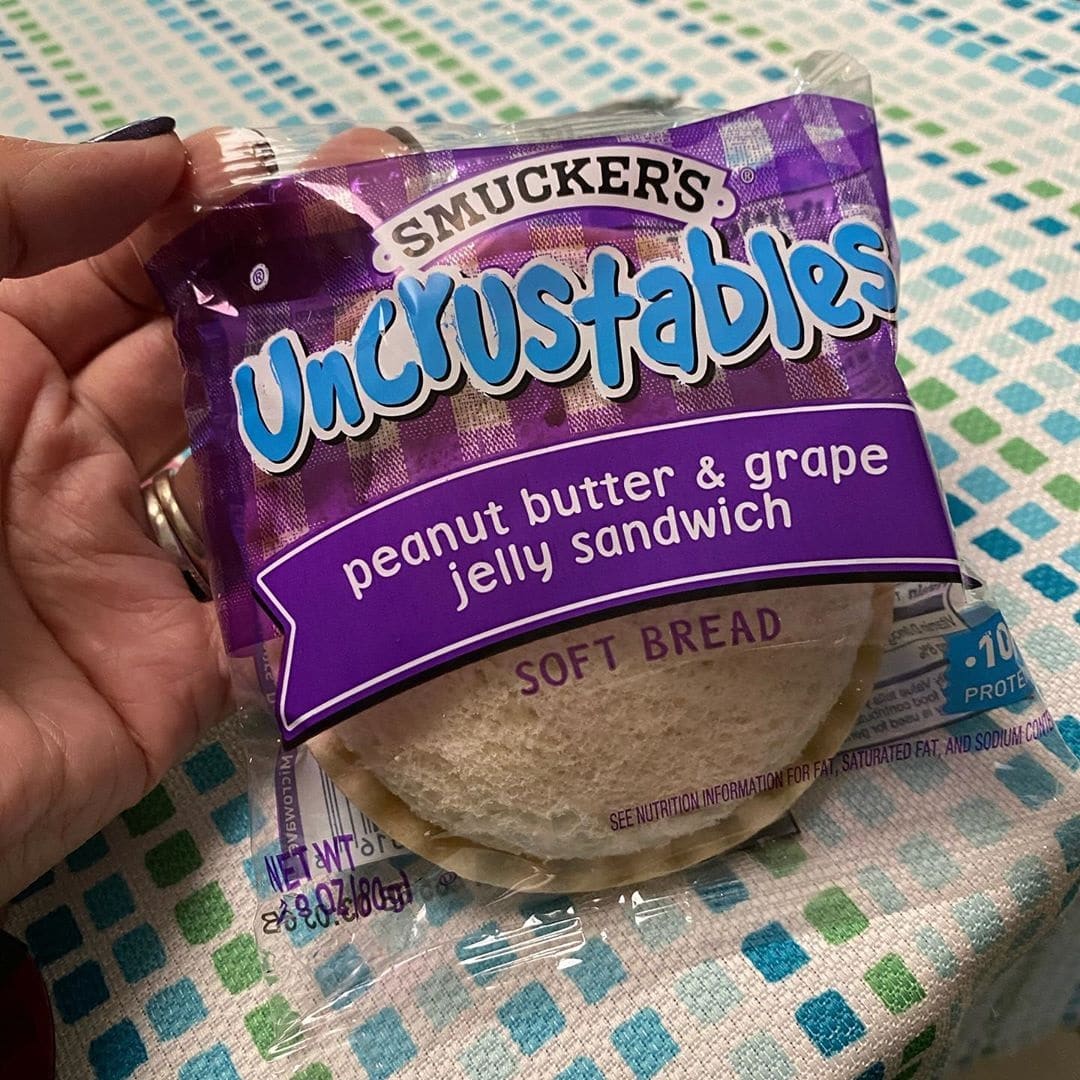Thawing Food for Peak Quality Speed, Texture, and Best Methods
Step-by-step guides for thawing Your Favorite Foods without losing flavor or safety.
Tired of soggy bread or mushy berries after thawing? We are too. This comprehensive guide pulls together the most efficient, chef-approved methods for defrosting any frozen item.
We dive into the best techniques for, dairy, baked goods, and more, showing you how to cut down on wait times while preserving the original taste and texture. Use this resource to quickly prep dinner or plan your meals ahead of time with zero quality compromise.
Baked Goods & Dough
Cakes, bread, bagels, and cookie dough can all be frozen, here’s how to bring them back to life without losing texture.

How to Thaw English Muffins
If you landed on this page, you probably are trying to figure out how to thaw English muffins quickly and properly. Today, I am going …
Read MoreDairy & Eggs
Butter, milk, cheese, and even Cool Whip, discover the best ways to thaw dairy without splitting or spoiling.

Thawing Frozen Butter, Fast: 6 Chef-Approved Ways That Actually Work
You never realize how stubborn butter can be until you’re staring at a cold stick that refuses to budge, whether you’re trying to spread it …
Read More
How to Thaw Cool Whip Quickly
Have some frozen Cool Whip in the freezer and you are ready to use it? If you are in a rush and need it defrosted …
Read More
How to Thaw Frozen Milk Properly: What Actually Works for Me
Find out how to thaw a gallon of milk quickly & safely. This short guide looks at the two recommended methods to defrost milk, with step-by-step instructions.
Read MoreFruits & Vegetables
Frozen bananas, berries, spinach, and more: see the safest methods to thaw produce for smoothies, baking, and cooking.

How to Thaw Frozen Berries (Quickly, Safely & Without the Mush)
Need your frozen berries ready fast? The good news is, it’s totally possible. The fine print? How you thaw them makes a bigger difference than …
Read MoreOther Foods & Drinks
From frozen soda to tofu and Uncrustables, this section covers the thawing questions you didn’t know you had.

How to Thaw Tofu Quickly: Best Methods Highlighted
We take a detailed look at the best ways to thaw tofu. We highlight trusted methods, giving your step-by-step actionable instructions.
Read More
How to Thaw Smuckers Uncrustables Quickly
Ended up on this page because you want to know how to thaw Smucker’s Uncrustables quickly? We not only answer the question, but also give …
Read More
How to Thaw Cheesecake Quickly
If you landed on this page, you probably are in a bind and want to know how to defrost cheesecake properly/quickly? This short guide will …
Read MoreMaster Every Step of Food Prep
Thawing is just the beginning, learn how to freeze, store, and reheat foods the right way to save time and reduce waste.
See All Guides